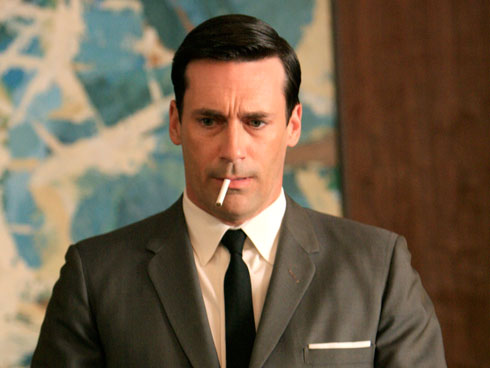Advertising - Short(ened) Ad Time and Short(ed) Ad Companies
Did Netflix Lose a Potential Rev Stream Before Activating it?
Earlier this week Fox Networks Group’s ad sales chief floated the idea of cutting commercial ad time down from 13 minutes to 2 minutes an hour in a speech he gave in Los Angeles. This is interesting on a number of levels.
First, this would pose a real challenge to advertisers who, undoubtedly, would have to fight for limited but costly supply. Yes, television advertising has flat-lined, but it is still one of the most effective means to get brand messaging out.
Second, such a maneuver could have the effect of squeezing Netflix ($NFLX). Numerous underwriters highlight that Netflix can always open the ad spigot to help it grow into its ever-growing capital structure. And they’re not talking about product placement. If ads are eliminated elsewhere, will consumers focused on the ultimate user experience tolerate ads before watching treasured content like Ozark or 13 Reasons Why? Or will that result in friction and, in turn, leakage? If this decision gains traction, this as-of-yet-untapped revenue stream for Netflix could be collateral damage.
Ultimately, minimal advertising may help draw users back to content. But it will create all sorts of issues for brands trying to sell product AND, by extension, the advertising companies trying to place those brands.
To point, earlier this week the Financial Times reported that “[h]edge funds have amassed bearish bets of more than $3bn against the world’s largest advertising companies in an attempt to profit as the industry undergoes wrenching disruption and slowing growth.” Publicis, WPP, Omnicom Group ($OMC), and Interpublic Group of Companies ($IPG) are all short targets of funds like Lone Pine and Maverick Capital. With corporates like Proctor & Gamble ($PG) cutting ad spend and Facebook ($FB) and Google ($GOOGL) monopolizing same and building custom tools that cut out the middlemen, this is an area worth continued watching.


